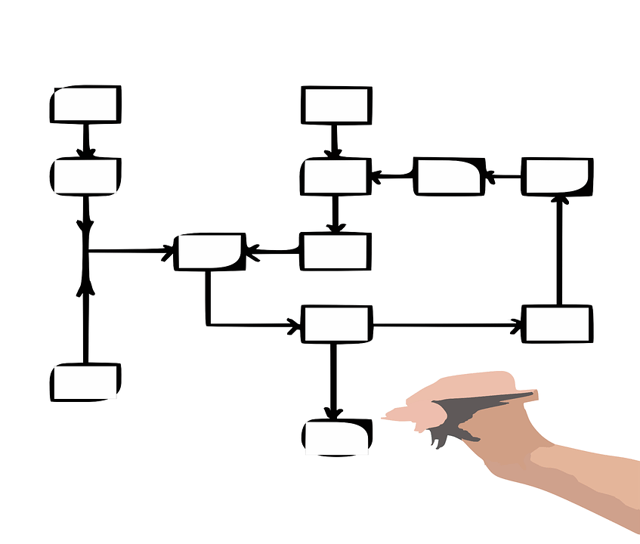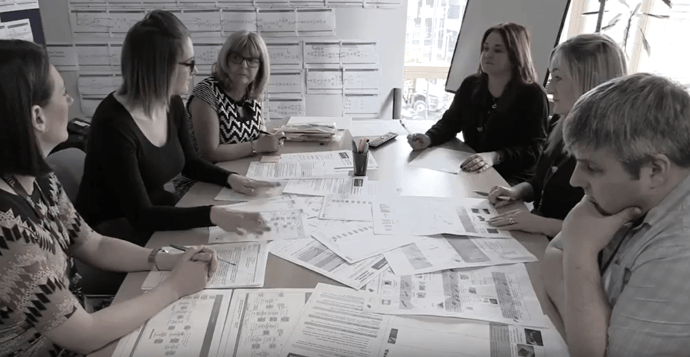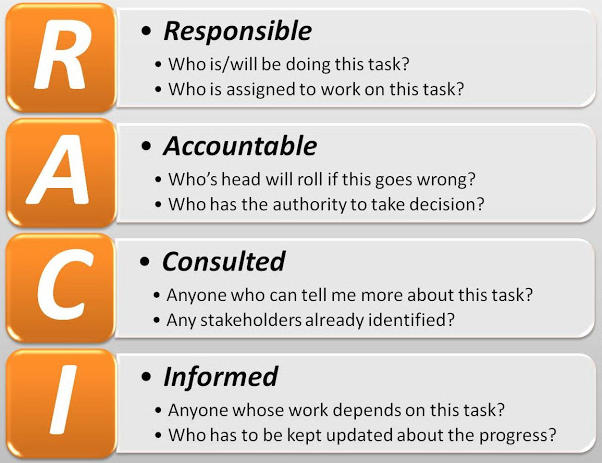A Common Problem of Process Improvement Techniques: Complexity
One of the traps that people fall in to when trying to either solve problems or carry out process improvements is to underestimate the complexity of the issues associated with what they are trying to do.
A lot of process improvement techniques and methodologies (Six Sigma, Lean, Quality Function Deployment QFD, Soft Systems Methodology SSM, Failure Analysis, TRIZ) are available for both problem solving and process improvement, as well as a lot of toolsets such as modelling, flowcharting, Pareto analysis and force field diagrams.

The problem is deciding which of them to use in any situation. Each tool technique and methodology has its own strengths and weaknesses, so that which may be great for one situation may make things worse in other situations.
Do Process Improvement Methodologies Help?
Generally the methodologies fall into two groups, hard and soft.
Hard Improvement Methodologies
The hard methodologies such as Six Sigma, QFD and Lean tend to be very mechanistic in their approach, by that I mean they have a set series of activities that are carried out in a fixed way.
Soft Improvement Methodologies
The soft methodologies TRIZ, SSM and Failure Analysis are more fluid in how they are implemented.
I am aware that what I have just said is a generalisation; these methodologies do span a spectrum and implementation allows for a degree of flexibility - so categorising an approach as hard or soft is fraught with misinterpretation.
That said, it is useful to have this categorisation as hard approaches are more useful when dealing with problems and soft approaches work best with messes.
Problems versus Messes

What do I mean when talking about problems and messes?
The following explanation is taken from work done by Russel Ackoff in 1974.
Problems tend to have a defined scope and are limited in timescale, involve few people and tend to have simple causes.
Messes on the other hand are complex with a lot of interrelationships and involve many people with differing agendas and no agreed causes or solutions. Messes therefore are difficult to deal with and can be very expensive to have and to solve.
My intention is not to provide a treatise on how to solve messes, as that is a long and complex subject covered by people more expert than I; such as Peter Checkland and Jim Scholes of Lancaster University. However I can provide some insights on how not to convert problems into messes and how to recognise that something you thought of as a problem was in fact a mess.
How to Ensure That a Problem does not Become a Mess
The key ingredient for ensuring that a problem does not degenerate into a mess is: by recognising the effect on the people involved.
Taking process improvement as a simple example; it is fairly easy to deconstruct the process by creating a flow chart of the process as it happens and then comparing it with an idealised process flow to identify where improvements can be made. Or to look at a process in operation and identify where the inefficiencies are.
But beware of the law of unintended consequences.
Most processes involve the interaction of human beings, which inevitability brings in a degree of uncertainty in the execution of a process. Not recognising who the actors are, both within the process and those involved with the process can be a recipe for disaster.
If you're interested in seeing case studies from other companies that have dealt with their process problems and turned them into process improvement success stories click here.
This subject is also explored in the article Business Process Improvement: Understanding the Impact of Change.
I have set out the distinction between a problem and a mess above and inferred that a potential key differentiation between the two was the involvement of people. Not recognising the effects that changes to processes can have on the actors involved with them, will go a long way towards turning a problem into a mess.
Understanding Complexity in Process Improvement

In my recent RACI Matrix article, I mention the importance of understanding a RACI diagram and what roles are involved in both the overall process and the activities that are undertaken during the process.
In my experience a lot of emphasis is paid to those responsible for carrying out an activity, with less being put on those accountable and those consulted or informed.
When carrying out any changes to a process it is important to recognise the impacts on all interested parties. This is also covered within Section 4.2 of ISO 9001:2015, which deals with understanding the needs and expectations of interested parties, knowing who the stakeholders are within any process and its outcomes, and understanding what the effects of changes will be on those stakeholders will stop a problem turning into a mess.
Deconstructing processes into their component parts by flow charting is a powerful tool and provides valuable insights into the process, however it is just a model of the process and like all models does not contain all the information about the process.
Looking at the process from differing perspectives, particularly from those of the interested parties ensures that you don’t underestimate the complexity of the process. This will provide valuable insights into the effects of any changes and allow those effects to be incorporated into the solution.
Terry mentions ISO 9001:2015 and how it covers understanding the needs and expectations of interested parties. Would you like to learn more on this?
If so, download the excellent ISO 9001:2015 white paper written by Mark Braham, CQI CQP, FCQI Head of Business Assurance at The AA, is a CQI category A liaison at ISO/TC176, the international working committee responsible for writing ISO 9001:2015. He is also Chair of both the UK national standards body (BSI) and QS1, who are responsible for collating and drafting all UK responses to ISO (International Organisation for Standardisation) and UK voting on the standard.
Related Articles
Business Process Improvement: Understanding the Impact of Change.
RACI Matrix: Chart, Model and Discover How to Identify the Process
Problems with Business Process Management: Stakeholder Buy In
Problems with Business Process Management: Getting Employee Buy In
Written by Terry Giles
Terry Giles is a consultant for TerryAG Consultancy. He has a great deal of experience in developing Business Management Systems based around a variety of models including ISO 9001, TL 9000, ISO 14001, EFQM, Baldrige, CMMi, ITIL, RiskIT and CobiT 4.1 & 5.

